Stays in HK
There probably will never be a similar scenario to the one I had while staying in Hong Kong. In 2.5 months time, I was in the city on 9 separate occasions. A majority of those visits were travel days, in and out of HK International Airport or crossing the border going to and from Mainland China. The other times were all, more or less, extended layovers.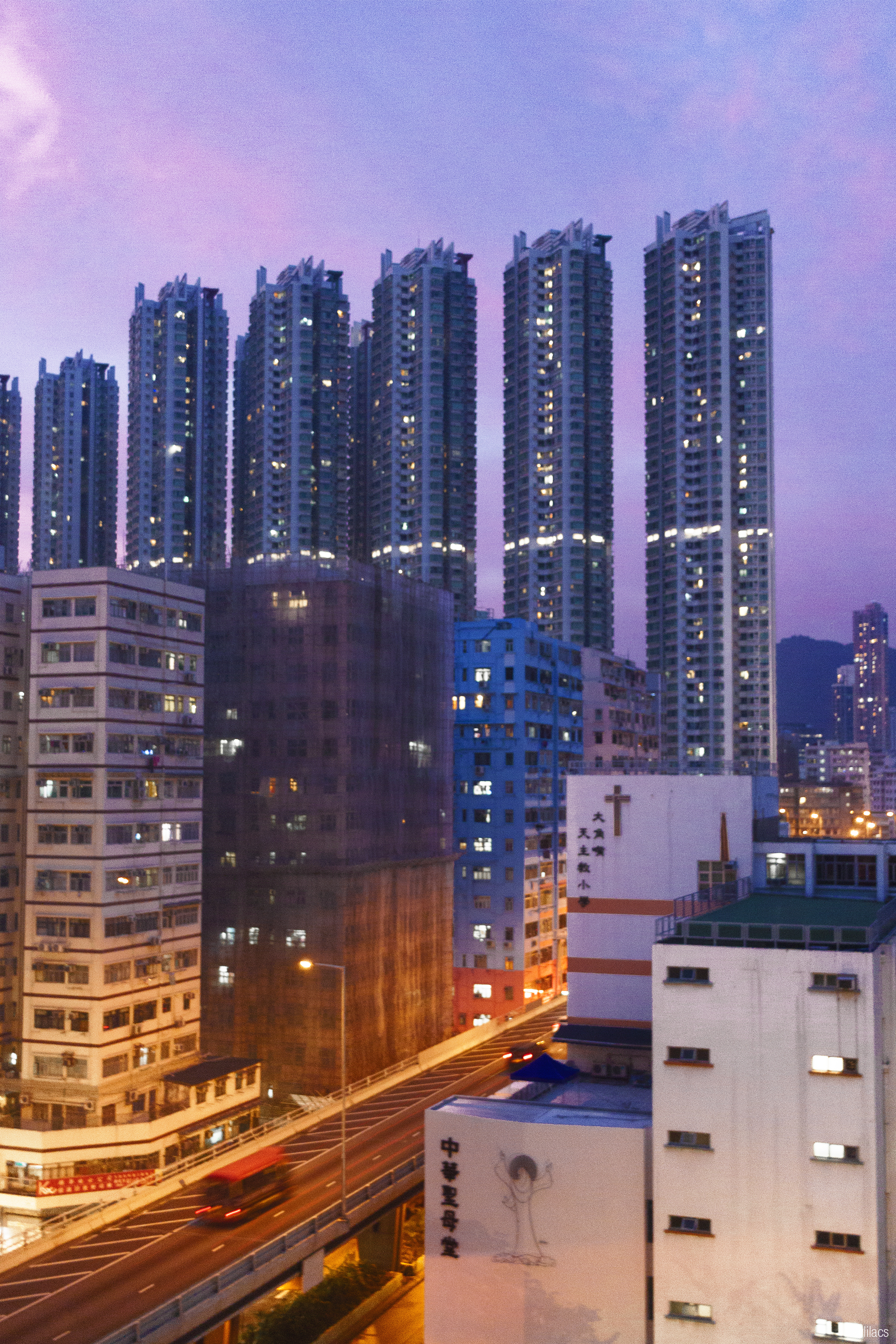
This style of visiting a city is only possible because HK is an international travel hub, an Asian-Pacific one to be more exact. If a circle was drawn over most of Asia, Hong Kong would practically be at the center. It makes it a great city, location-wise, to be a home base for anyone looking to visit the Eastern hemisphere. (Price-wise is a different story though.) A few hours on a plane in any direction will literally land anyone in another country.
1.5 hours = Taiwan.
2 hours = Philippines, Vietnam.
2.5 hours = Thailand.
3 hours = South Korea.
3.5 hours = Malaysia.
4 hours = Singapore, Japan, Mongolia.
4.5+ hours = India, Indonesia, etc.
At the time, I was traveling to multiple Asia countries consecutively via a popular HK based airline company. Hong Kong became my temporary home away from home. I spent the most amount of total days there out of all the places I visited. Sometimes the metropolis was a transient point, lasting from several hours to a day or two. Sometimes it was a more purposeful stay: visiting friends & family, attending a wedding, and good ol' exploring.
Since each visit in Hong Kong was for a slightly different reason with varying needs, the type of places I stayed in also varied. All hotel rooms & price ranges mentioned were for the basic/standard rooms sizes I paid at the time unless otherwise noted.
Family & Friends (free or a good meal/drink).
When the layovers were only hours long, my heaviest suitcases found a resting spot at a local Auntie's home. If not for her generosity, I would have either been 100% stressed with dragging two suitcases around crowded Hong Kong or 100% acquainted with every nook and cranny of the airport.
Budget (under USD $100/night)
When my mom and I were en route to Taishan with bags of clean clothes, we chose to focus on affordability. Budget hotels can mean a lot of different things; it is all relative. In Hong Kong, "budget" is generally:- anything under USD $100
- where space is very very limited
- in slightly more residential areas
- either kind of outdated, old-ish, or super new.
Dorsett Mongkok seemed to fit our checklist at the time. It wasn't too expensive. MTR seemed to be within walking distance. The hotel looked pretty well kept and modern in the photos. The dealbreaker was the promise of a complimentary working smartphone with local/international calling and data capabilities.
We ended up staying 2 nights in the Tai Kok Tsui neighborhood. This was our first time staying in HK so we didn't know what to expect in terms of room capacity and getting around. Numbers can only mean so much on a screen.
When I said that "space is very very limited", I mean it and with both very's. There was just enough space for the bare essentials and maybe 2 carry-on sized bags at most. The two beds are twin sized. If the cabinet doors are open, the only way to get from one end to the room to the other is by scaling the beds. The bathroom area was quite literally a nook in a box and had precisely enough space to stand and turn around in but not much to stretch out any limbs too far.
It was great to have 3 stations within 15 minutes walking distance from Dorsett. It just took a few tries to get used to the non-uniform streets in the area. Finding the entrances to overpasses to cross a big road was something we had to adjust to. Name-only streets where roads weren't perpendicular was also a challenge for us first-time visitors. I think a lot of it also had to do with the fact that we were more accustomed to a numerical grid street system.
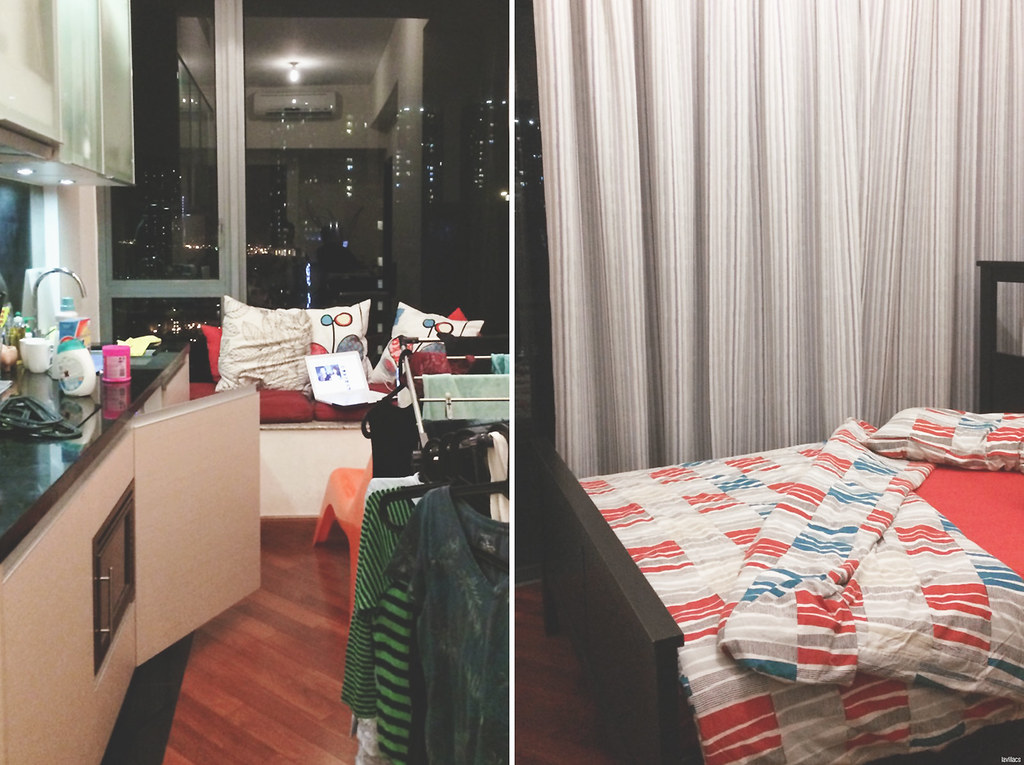
AirBnB (wide variety)
When we were en route to Taishan with bags of dirty clothes, a budget apartment with a washer and dryer was our home for a couple of nights.Coincidentally, I booked a 1 room apartment in a new luxury building in Tai Kok Tsui a stone throw's away from the Dorsett Mongkok we first stayed at. It was the cheapest option (~USD $120) on the Kowloon side that listed having a washer & dryer combo machine. We were also ready to graduate to a slightly roomier accommodation after staying in the bare-minimum the previous visit.
While the apartment wasn't large by any means, it had enough square footage available so that neither of my mom nor I felt pressed against each other. The kitchen, dining, and seating area were separated from the sleeping area.
For me, the most exciting part of our AirBnB stay was getting to experience apartment life. The home had actual metal keys. We were instructed on where to throw the trash and recyclables. We could have even cooked food on an electric range if we wanted to. It gave me a small taste of what living in Hong Kong could be like and I found that the most satisfying.
*Any place that has a machine that does both Wash & Dry, beware! Wash it does, dry it does not. At best, the machine spins most of the moisture out and gets clothing a little steamy. Air drying is the norm in Hong Kong and the machine's "dry" cycle doesn't really shorten the drying time.

Apartment Hotel/Suites (~USD $150/night and above)
When we were in HK for a few days before the mom and I had to part ways, a bigger hotelOvolo West Kowloon in Sham Shui Po was perfect for our 3 nights: not overly expensive, super-duper spacious, and their complimentary laundry room had working separate washer and dryer machines. I believe each hotel room had a living room area and kitchen area (sans stove). Some rooms had separate bedrooms while others were more studio like. The couch was big enough to sleep another person. The fridge had complimentary drinks. There was a big HDTV with Apple TV. Overally, the hotel had a homey feel with all the benefits of a hotel.
It is such a shame that Ovolo seemed to have closed this location down recently. This was definitely my favorite of the three places I had stayed in, at the time. I couldn't find any information on why it closed. I could have seen myself choosing it in the future if I were to stay in Hong Kong for longer than a couple of days or with a few other people.
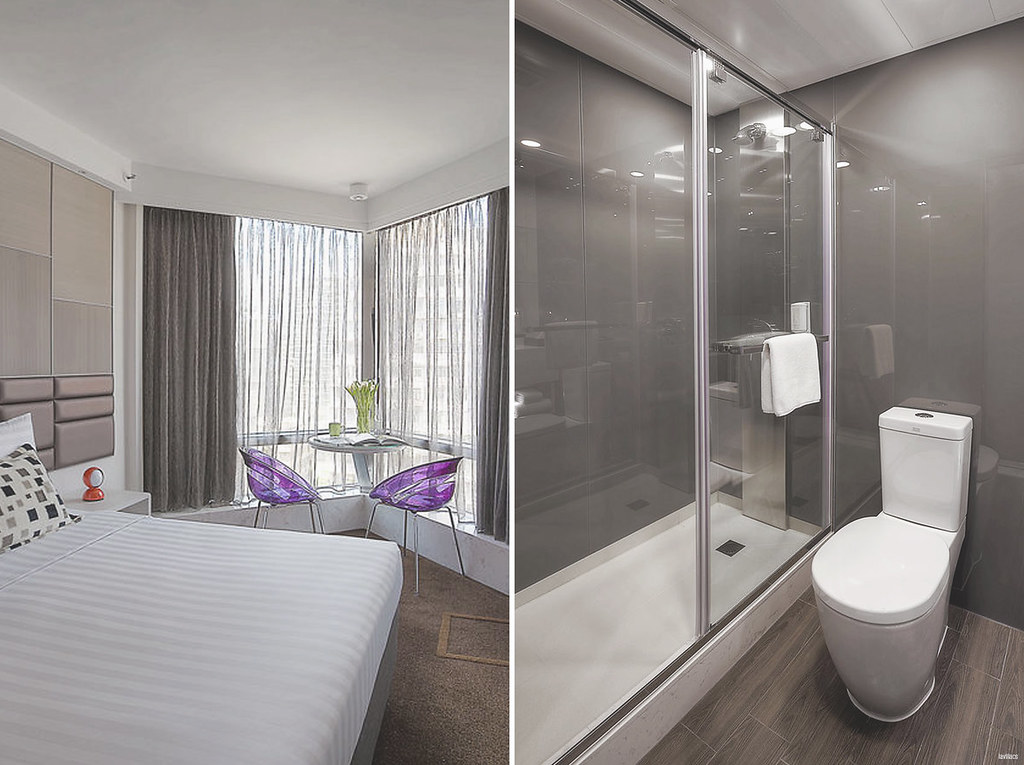
Photo source: Google
Mid-Range (~USD $100-120/night)
When my aunt and I were in HK, accommodations in the heart of Kowloon was way more desirable. I had spent enough time in lodgings that were in quieter areas of the city. For the last few nights in Hong Kong, I was glad my Aunt suggested we pick a place steps away from the busiest neighborhood in the city.Stanford Hotel in Mong Kok was our abode for 5 nights. I think we may have had a room upgrade during our stay because my record shows we paid for a "Standard Room" but my memory of our stay looked more like their biggest room option that is available now (i.e. Skyline, photoed above).
I cannot attest to all rooms and hotels when comparing budget and mid-range hotels, but the one we stayed in at the Stanford was more spacious than the one at Dorsett Mongkok. Roominess aside, even the location alone was worth the extra ~USD $20/night.
There were so many food stalls and sit-down restaurants to choose from. Main commercial streets are lined to the brim with big name clothing, cosmetics, and electronics shops. Side streets are filled with different markets specializing in all kinds of goods: toys, sneakers, goldish, kitchenware, souvenirs, etc. If you can name it, there is probably a market or at the very least a vendor at a market that sells it. On weekends, the busy Sai Yeung Choi Street becomes a no-vehicle zone where people meet in hoards to perform, sing, and hang out.
I could wander around the streets until midnight and still be able to comfortably walk back to the hotel by myself. It was the perfect place to be during the last few nights in HK, a food lover's heaven and a shopaholic's dream.
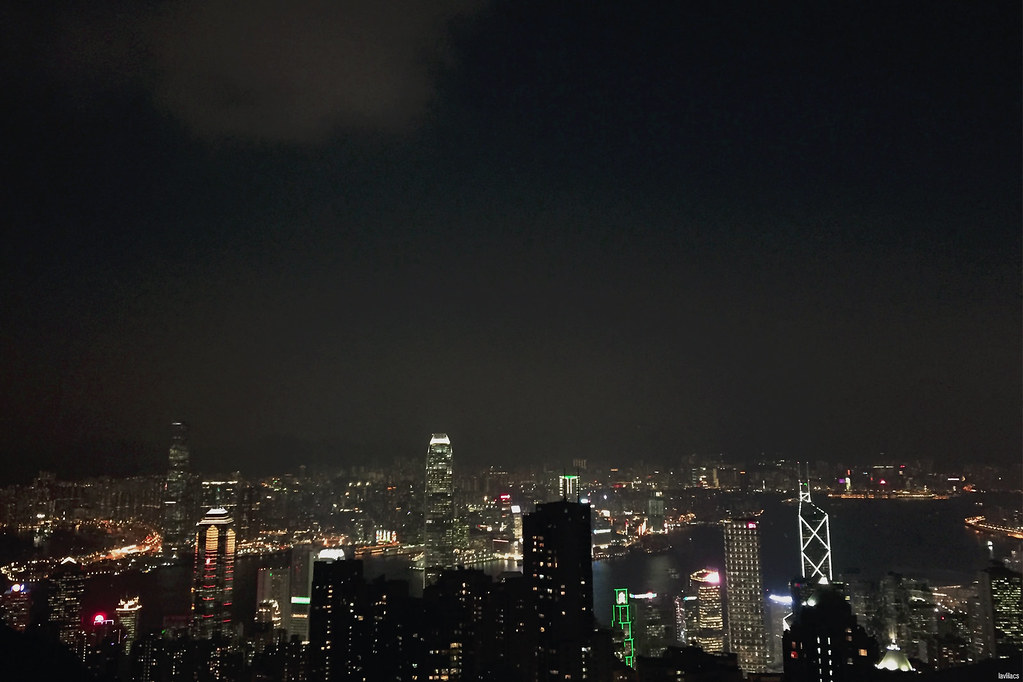
Despite the numerous stays in Hong Kong, I would go back. I had 12 sleeps there but only 5 full days of exploring. Go figure! A lot of the older generation in my family would prefer not to stop in HK, but for a young adult, like myself, it is a city of many appeals. Who knows maybe next time I'll stay on the other side of the harbour for a change?

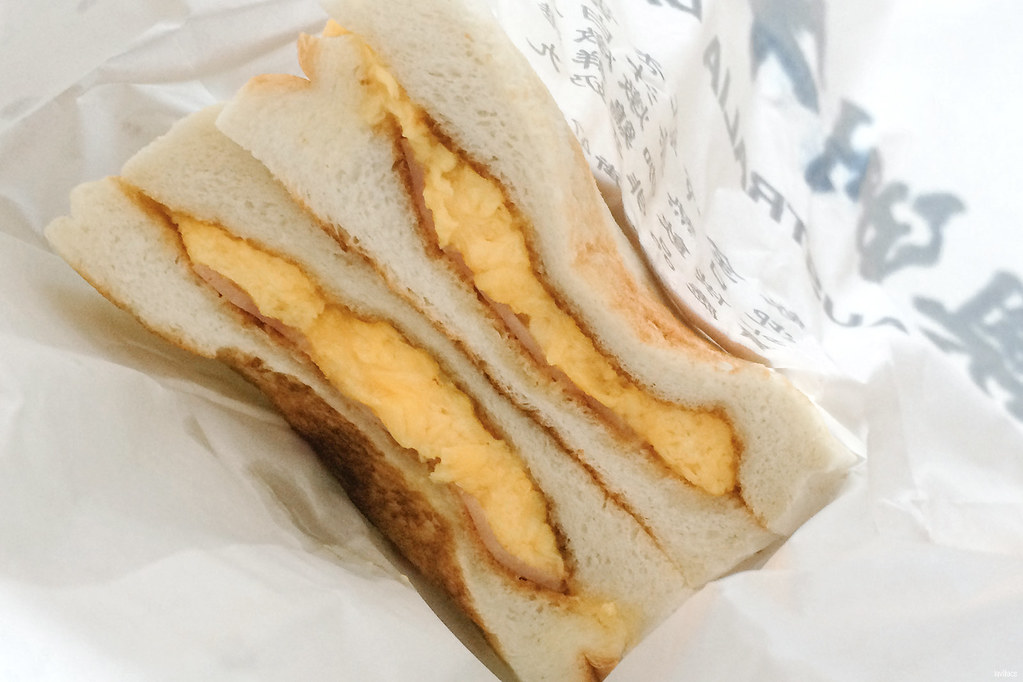
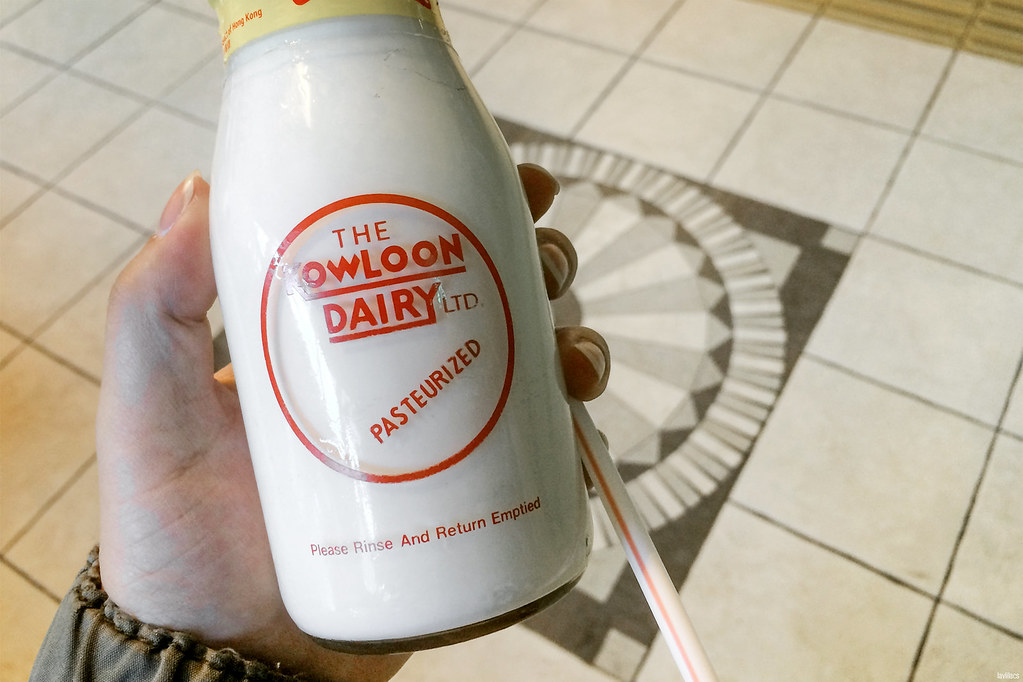
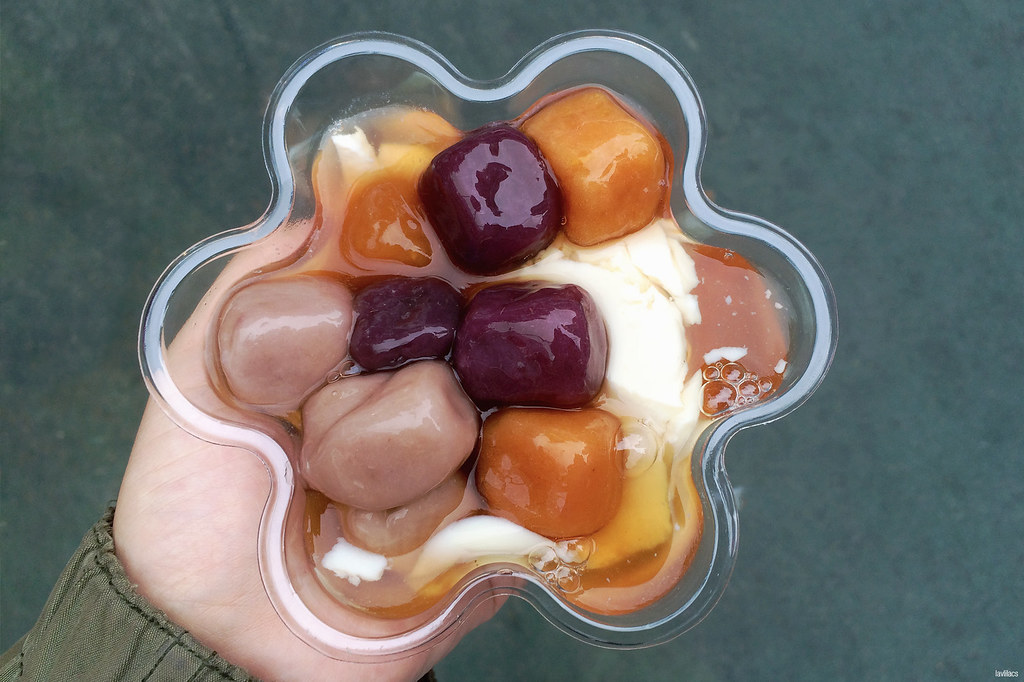
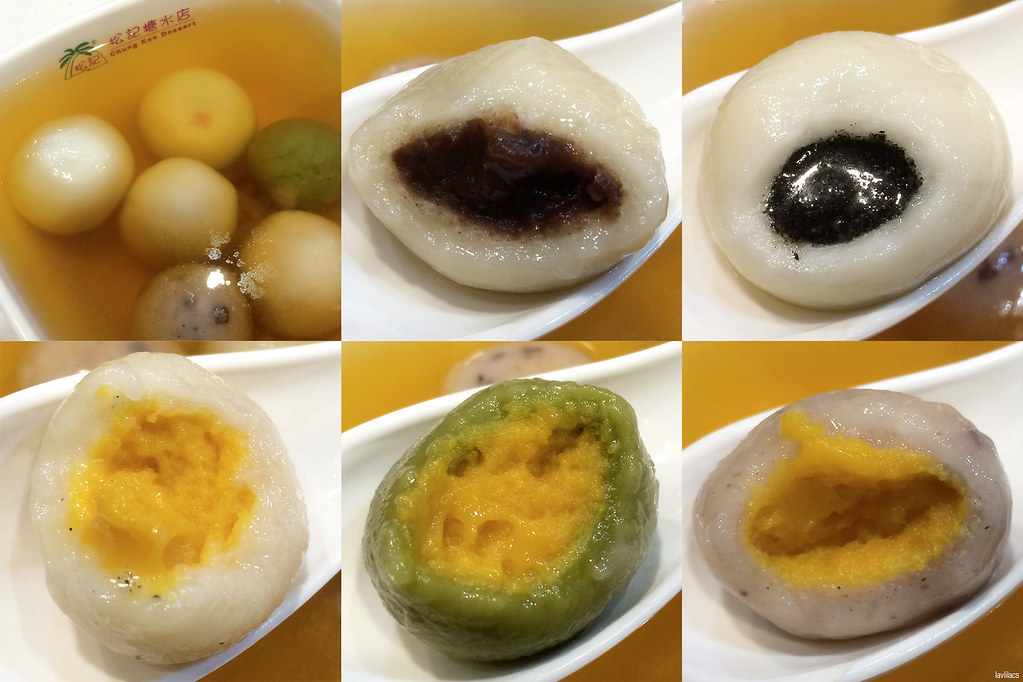
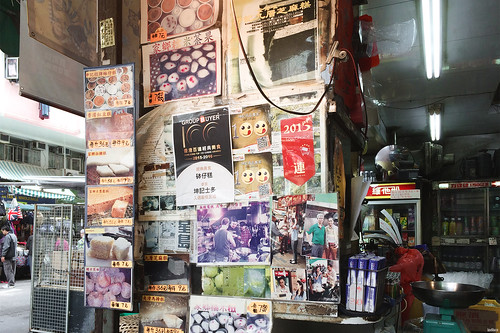
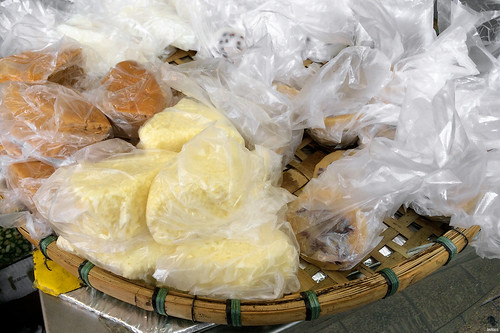
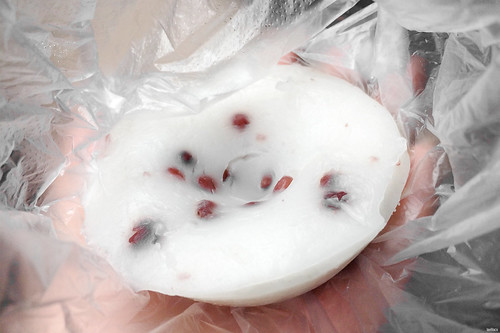
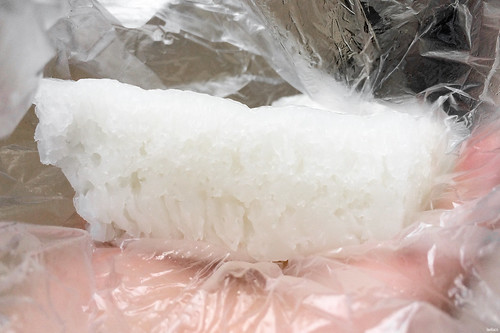
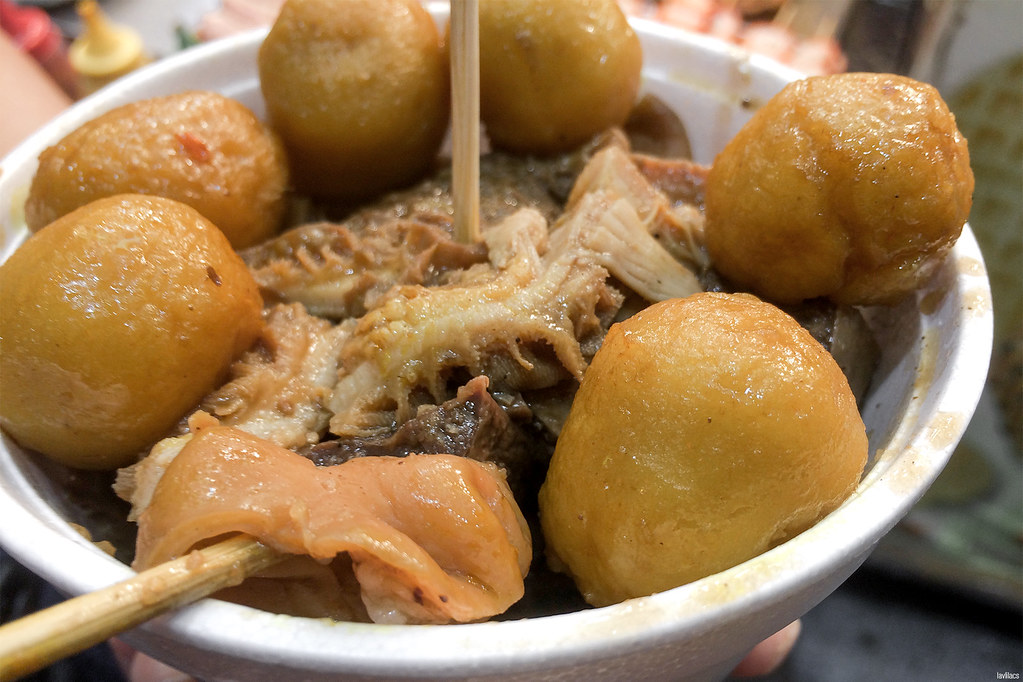
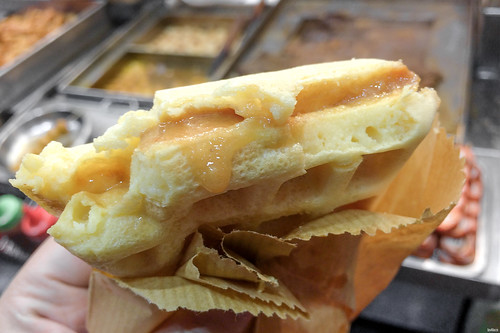
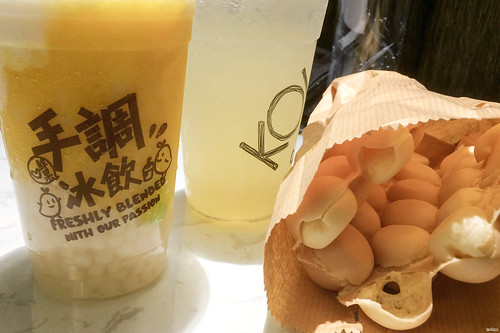
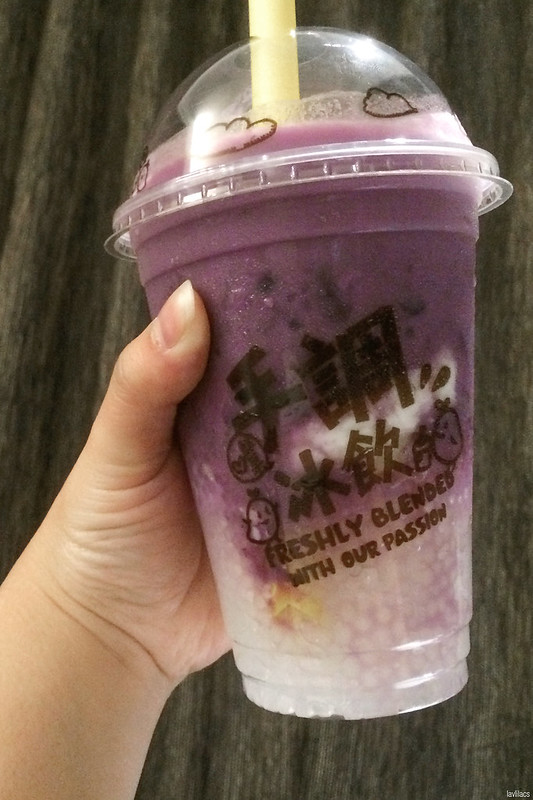
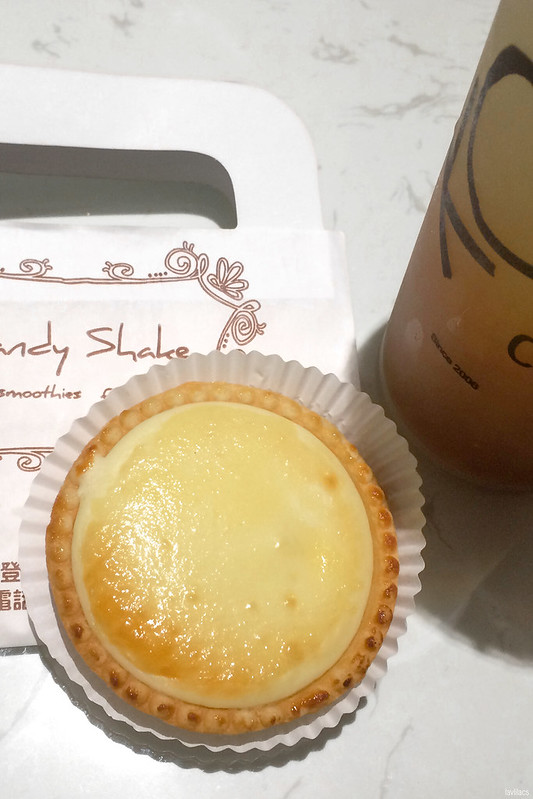
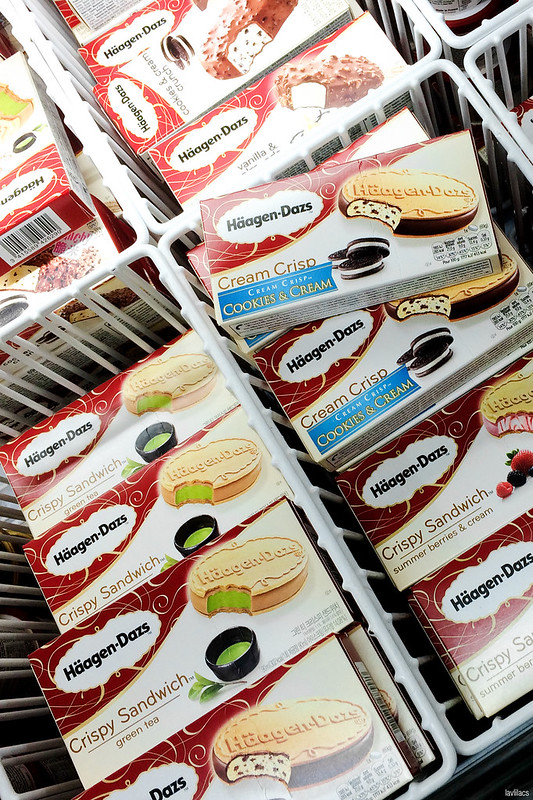
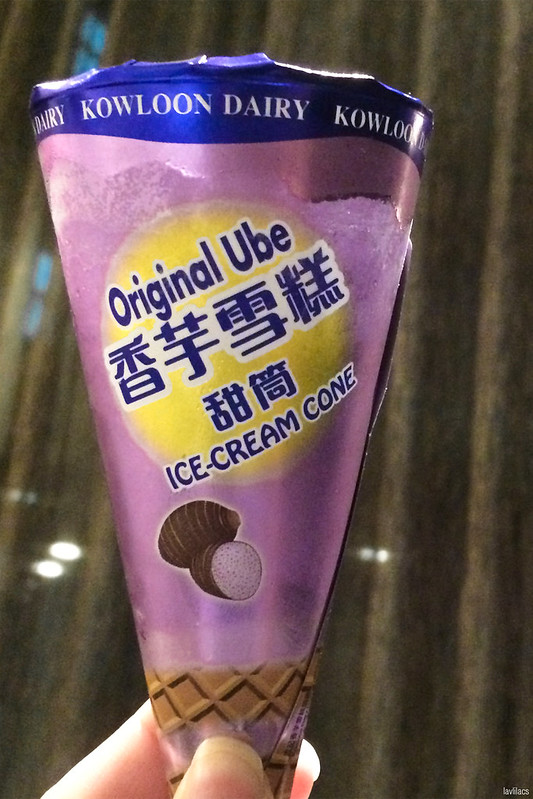
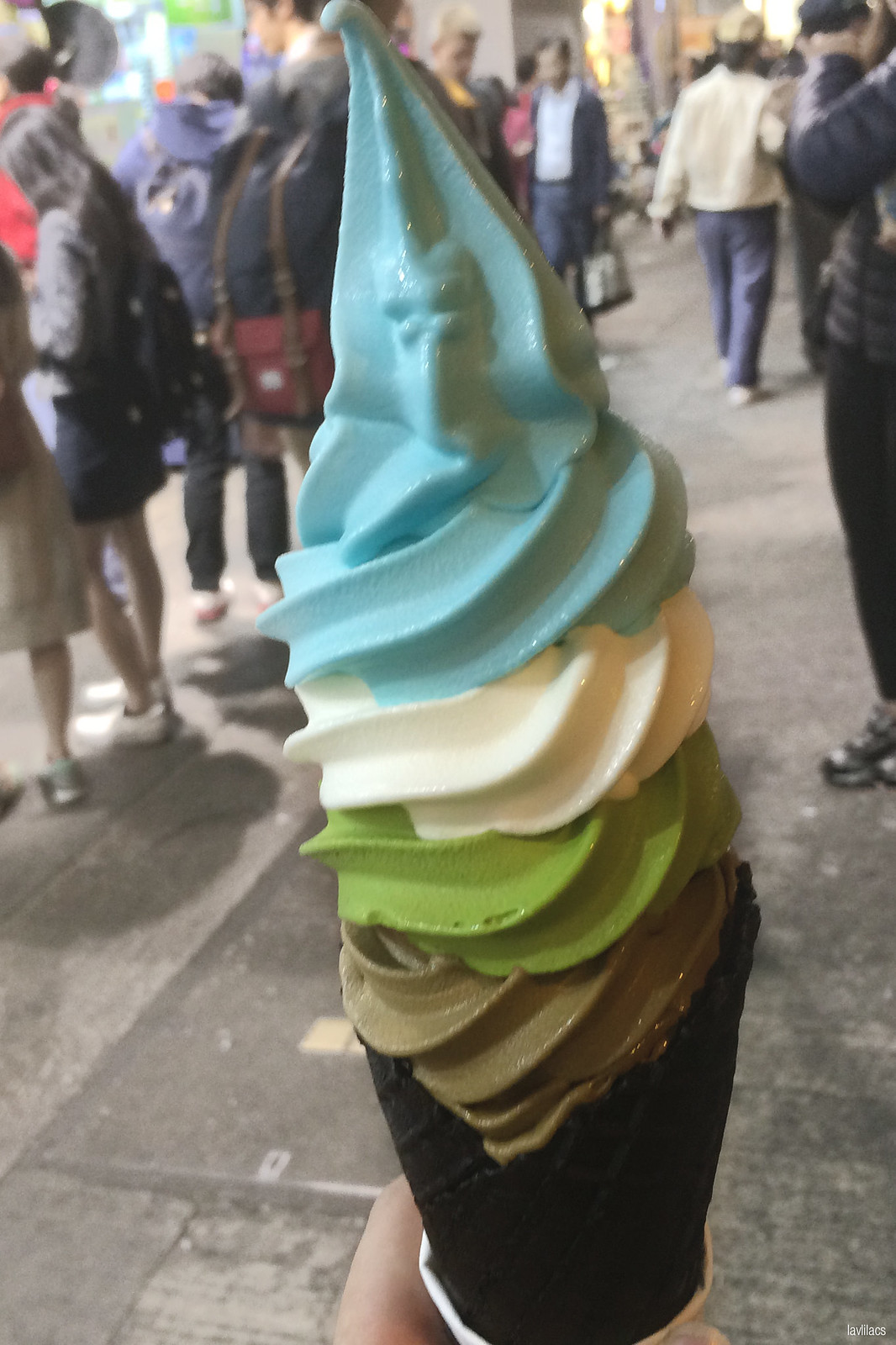
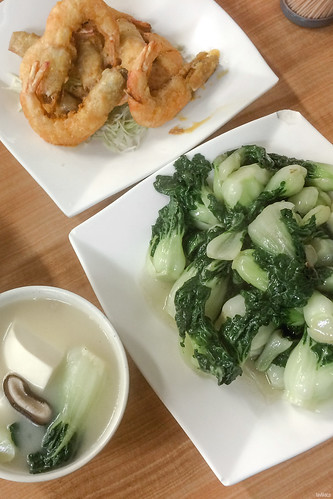
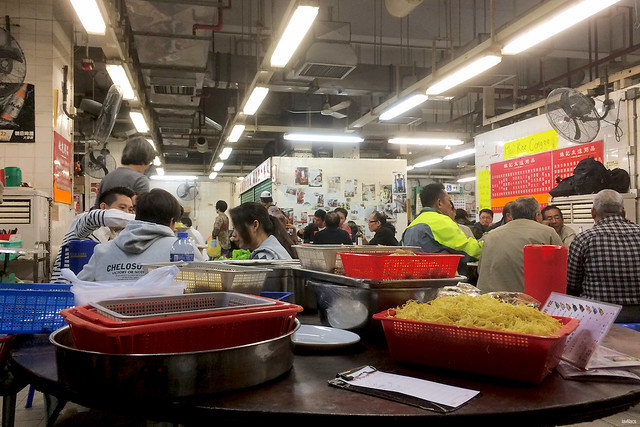
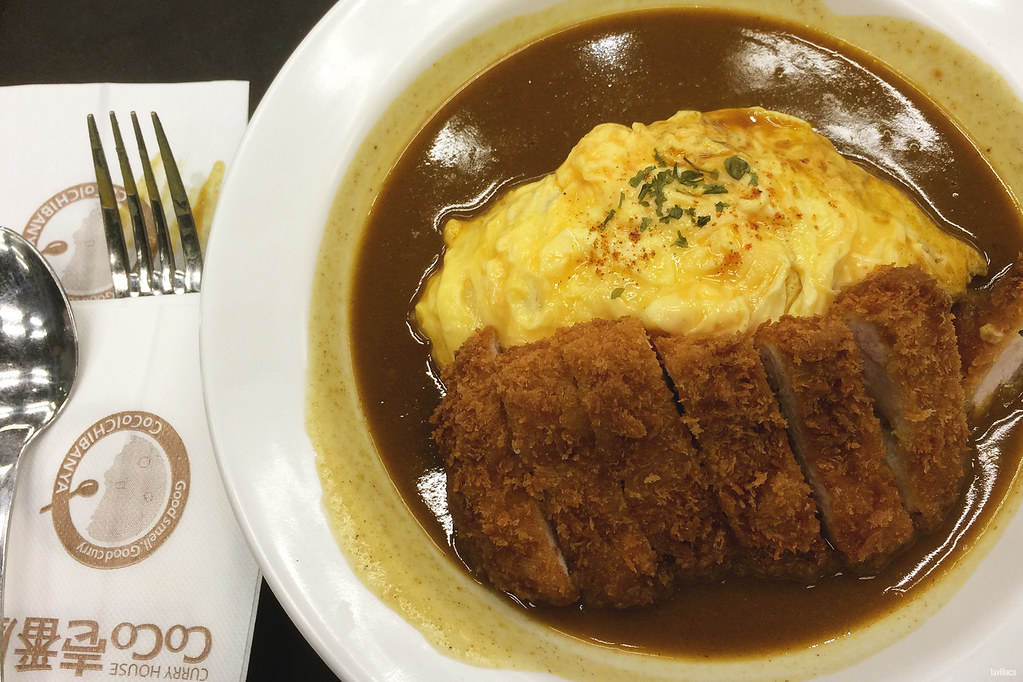
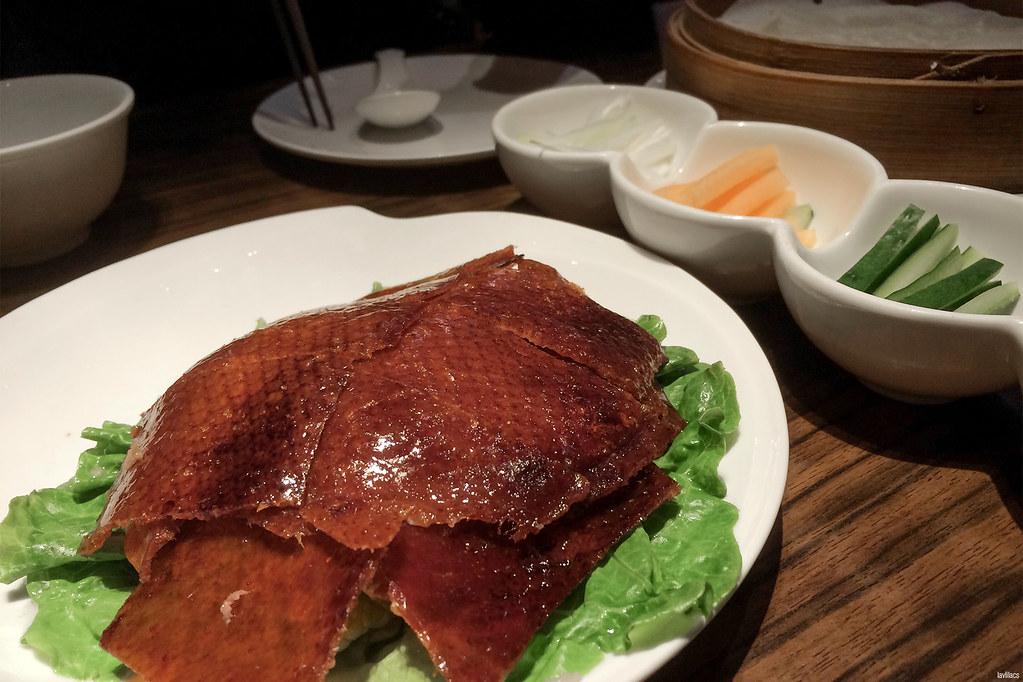
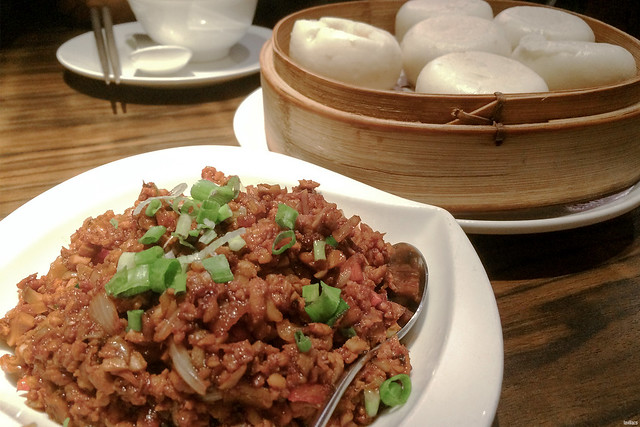
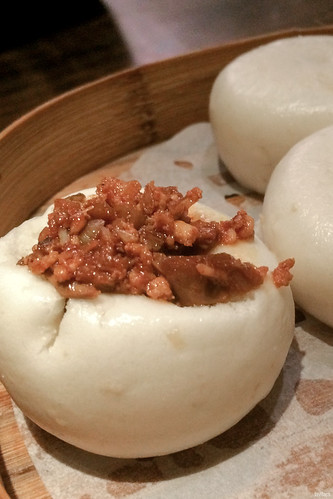
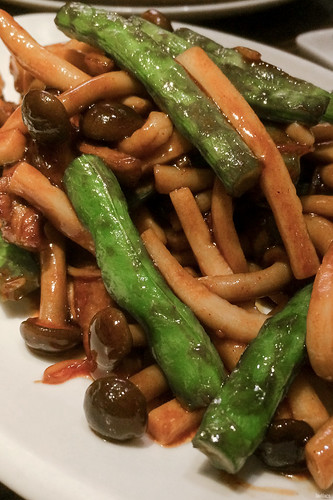
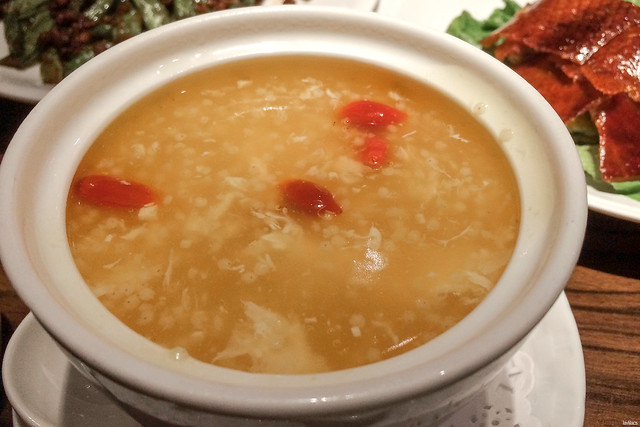
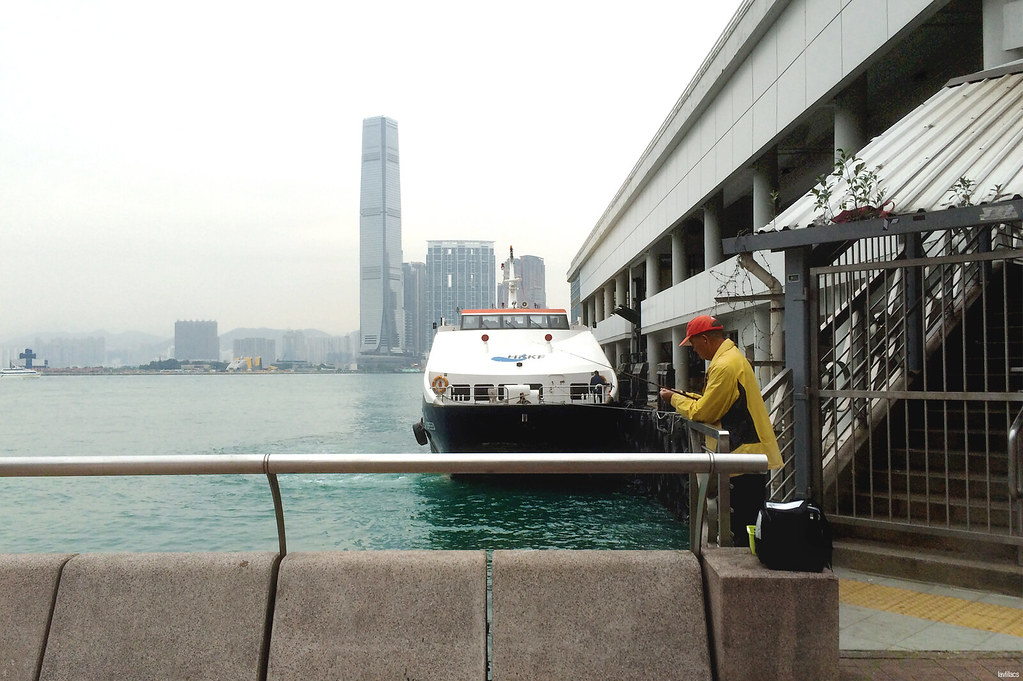
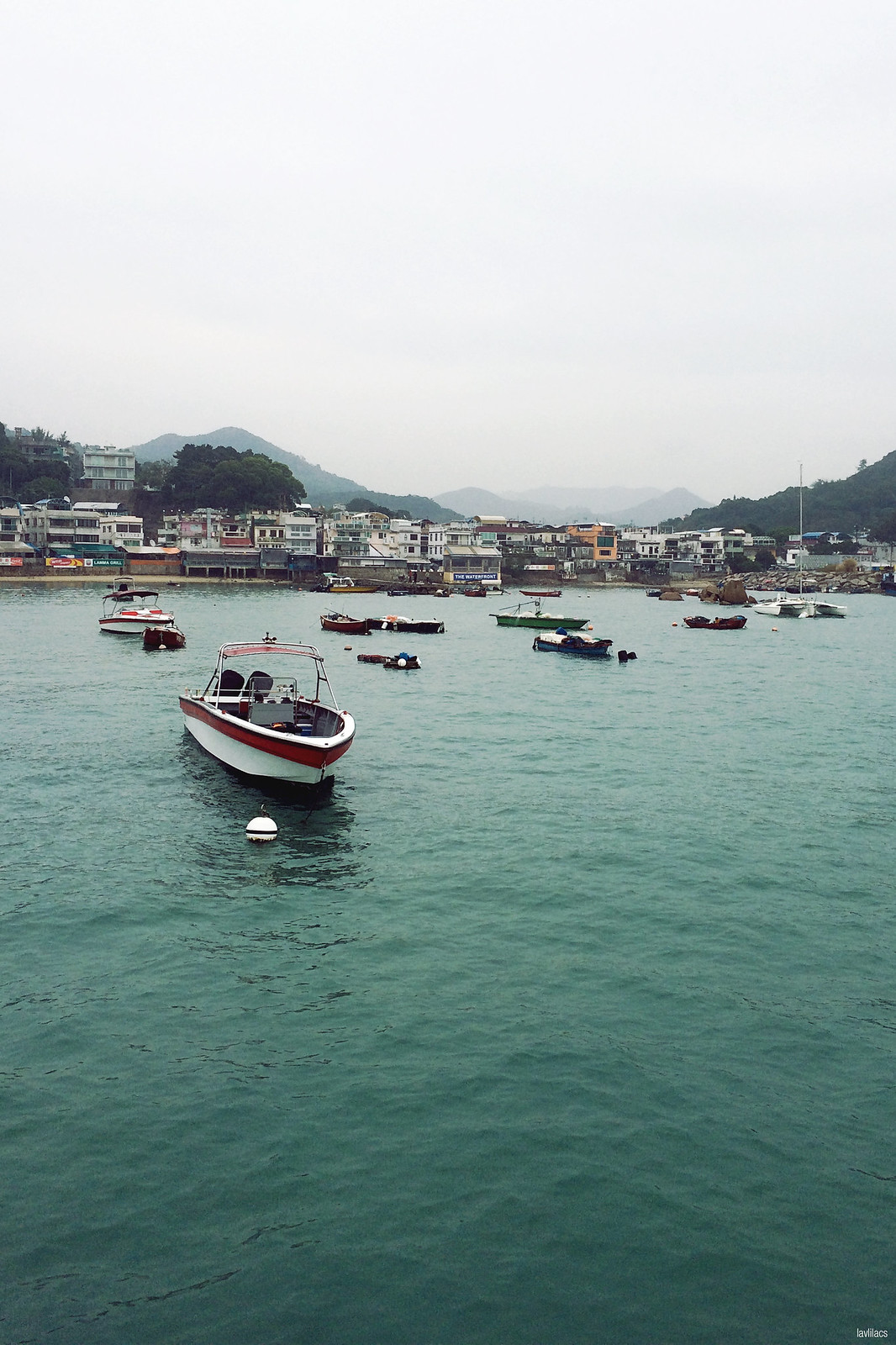
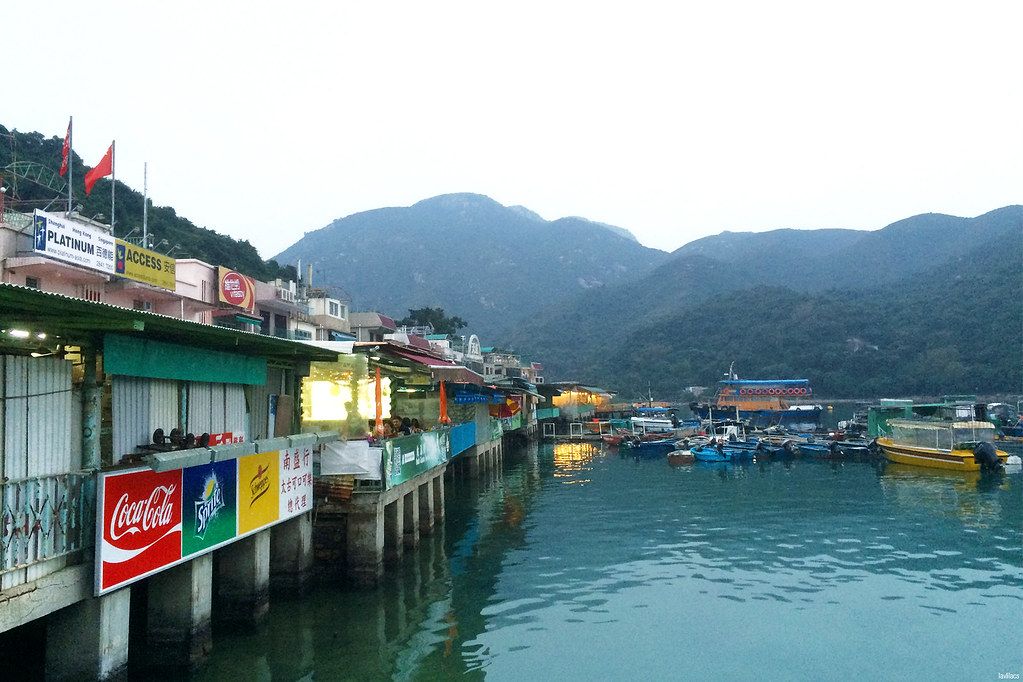
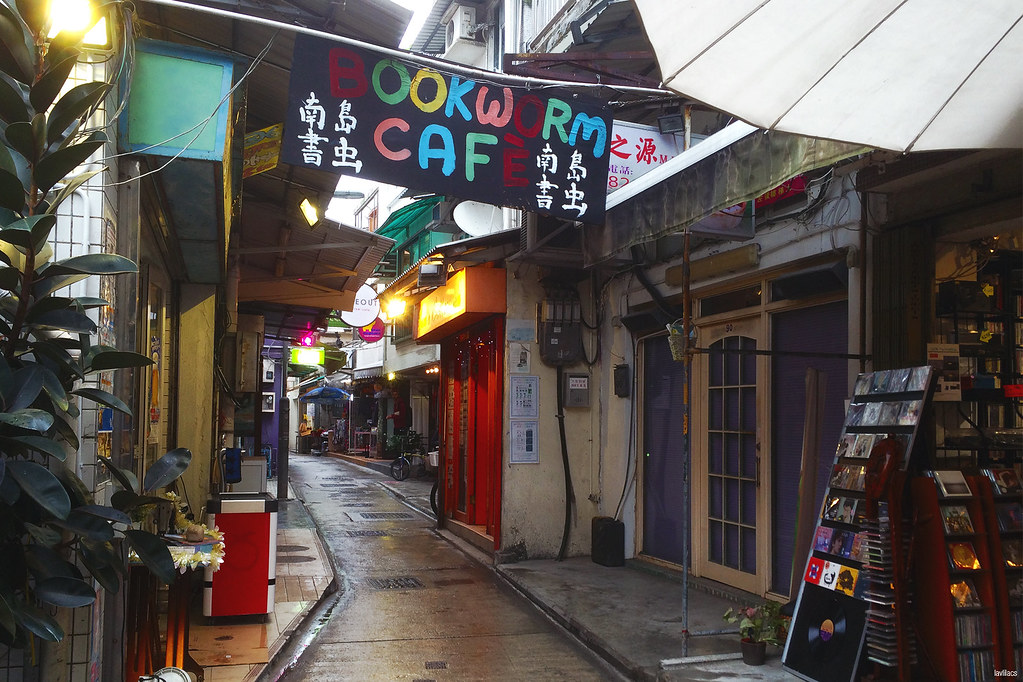
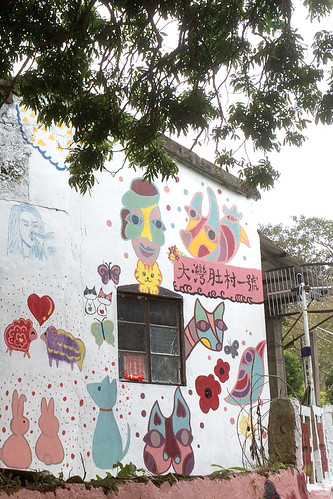
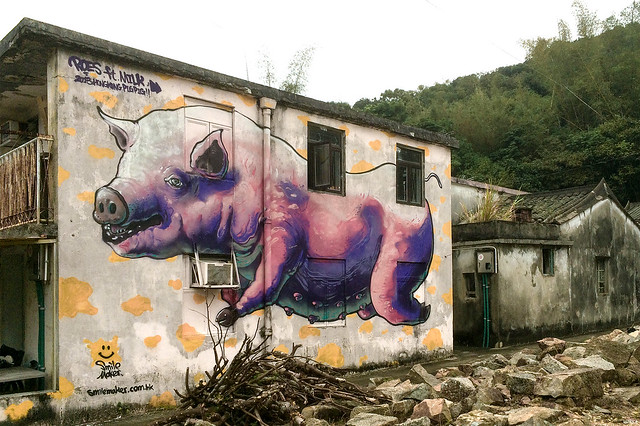
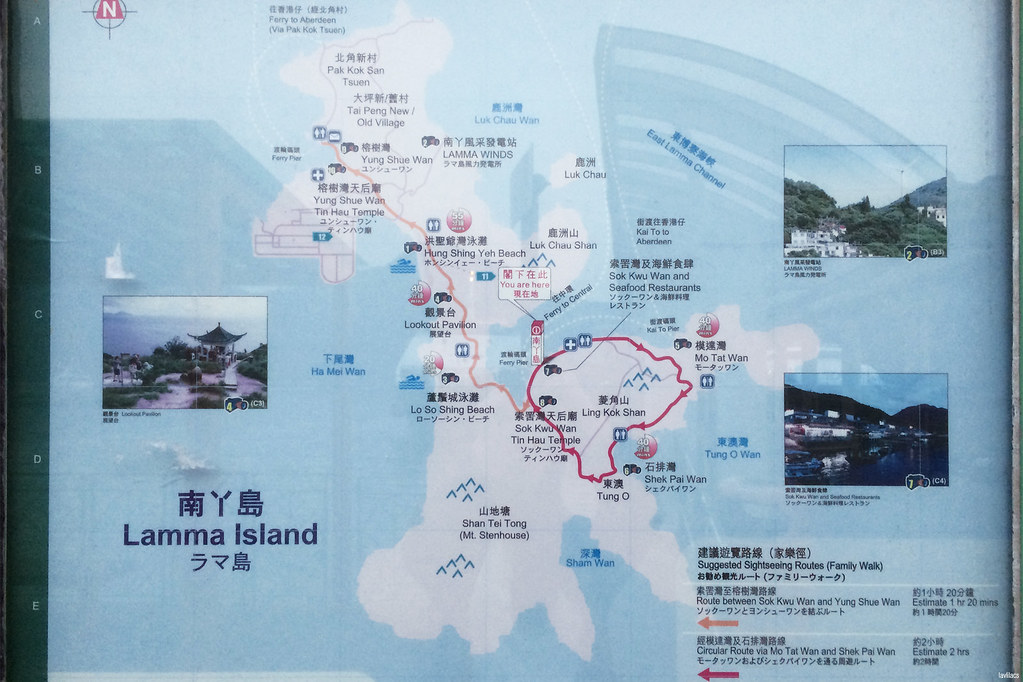
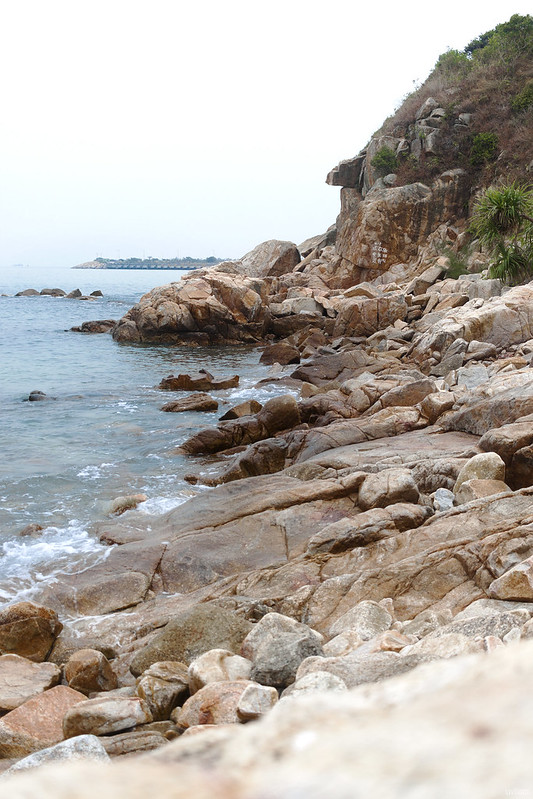
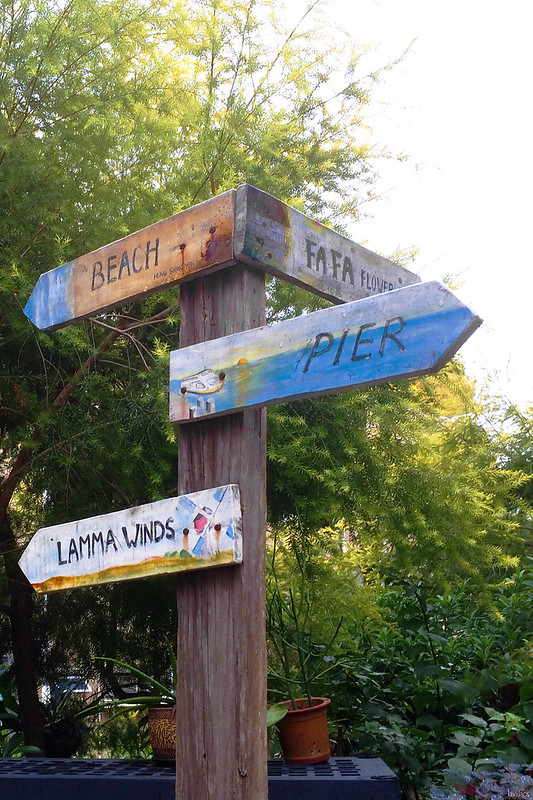
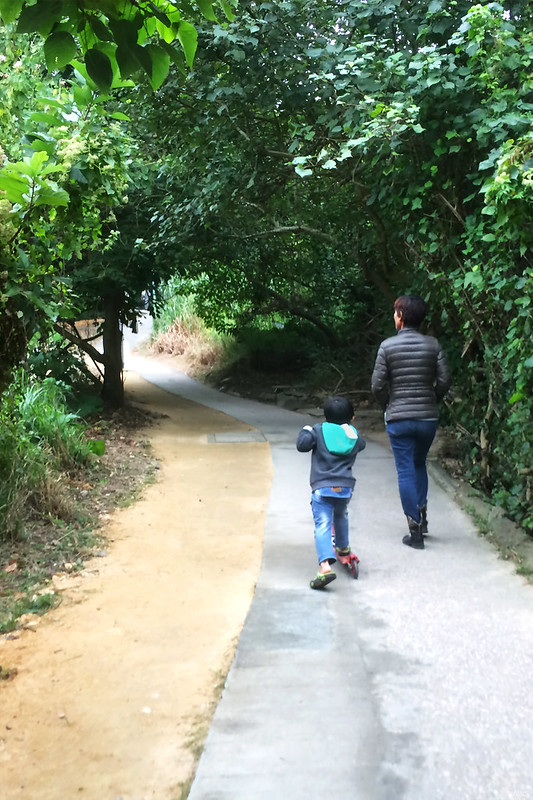
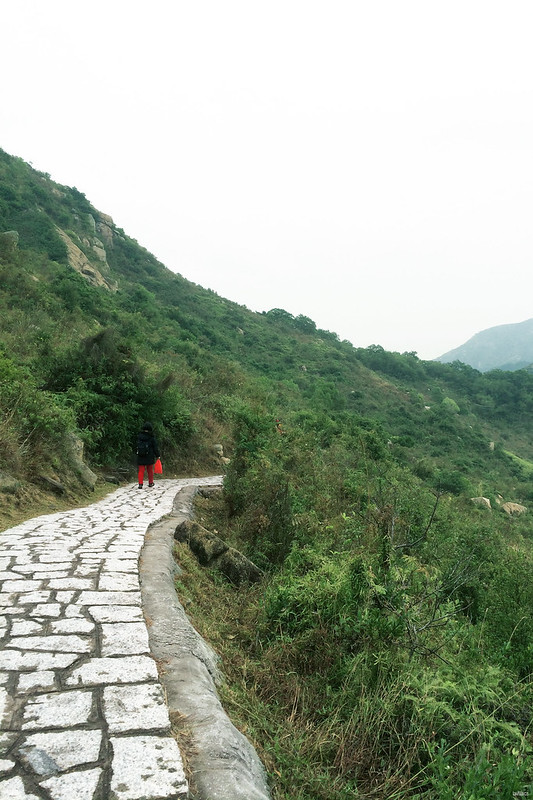
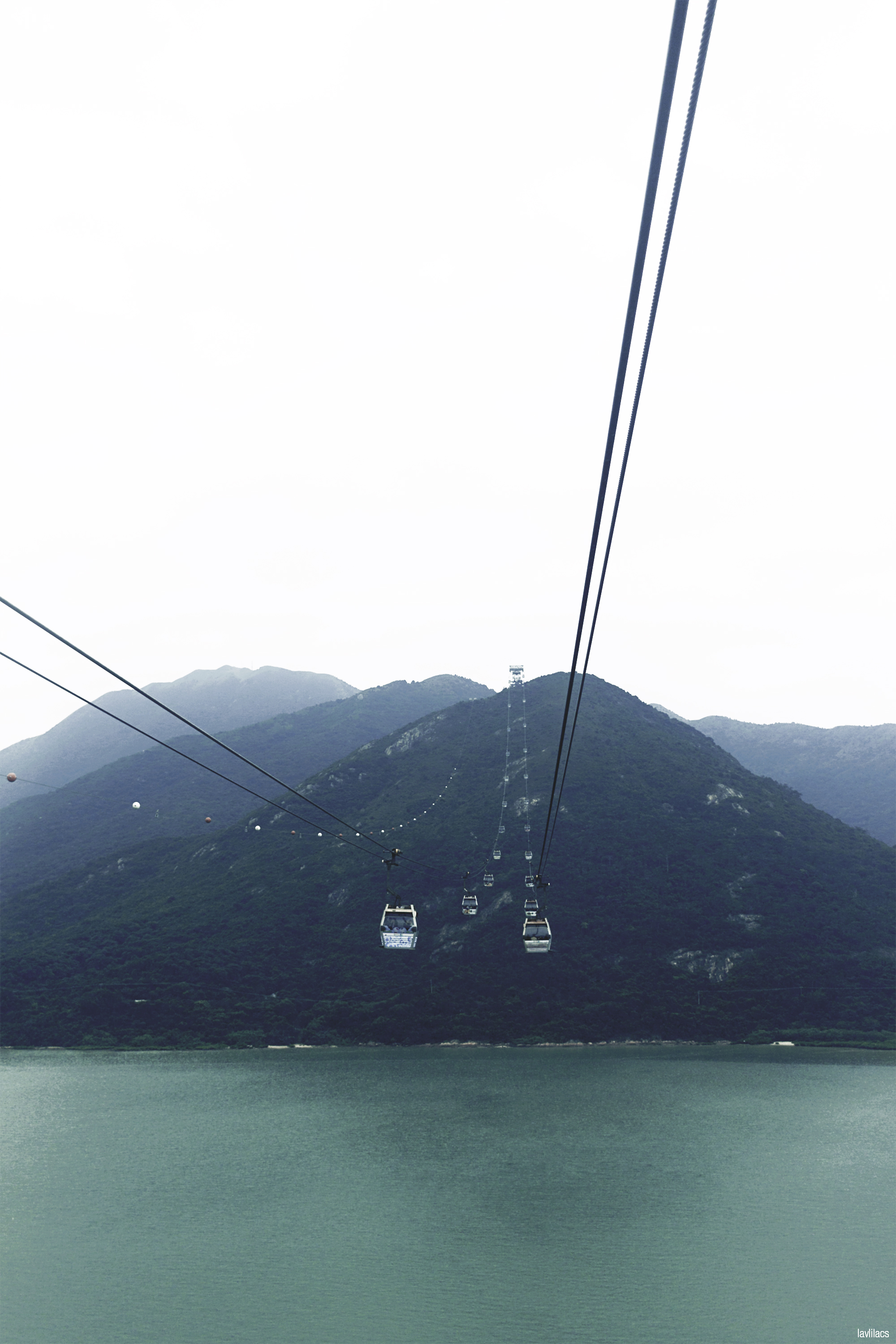
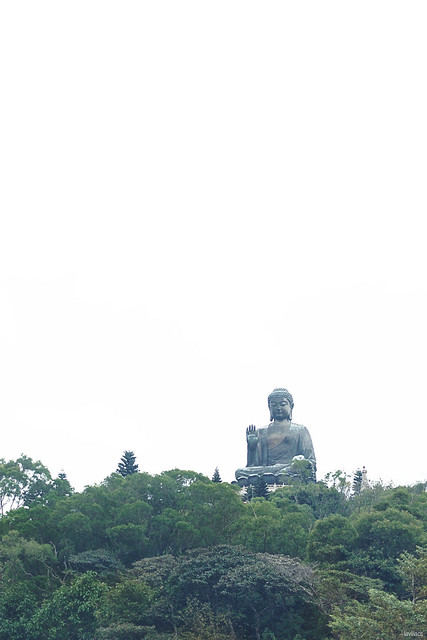
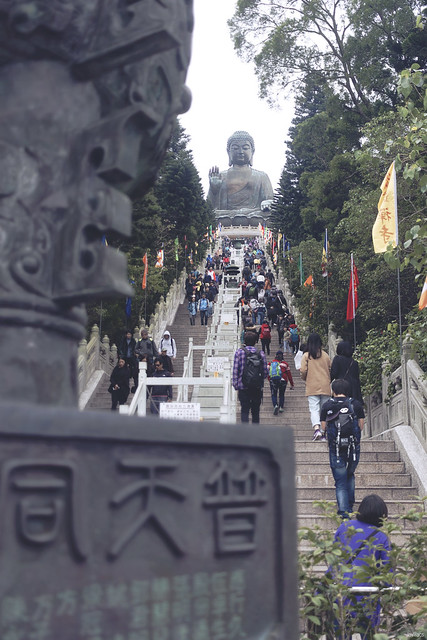
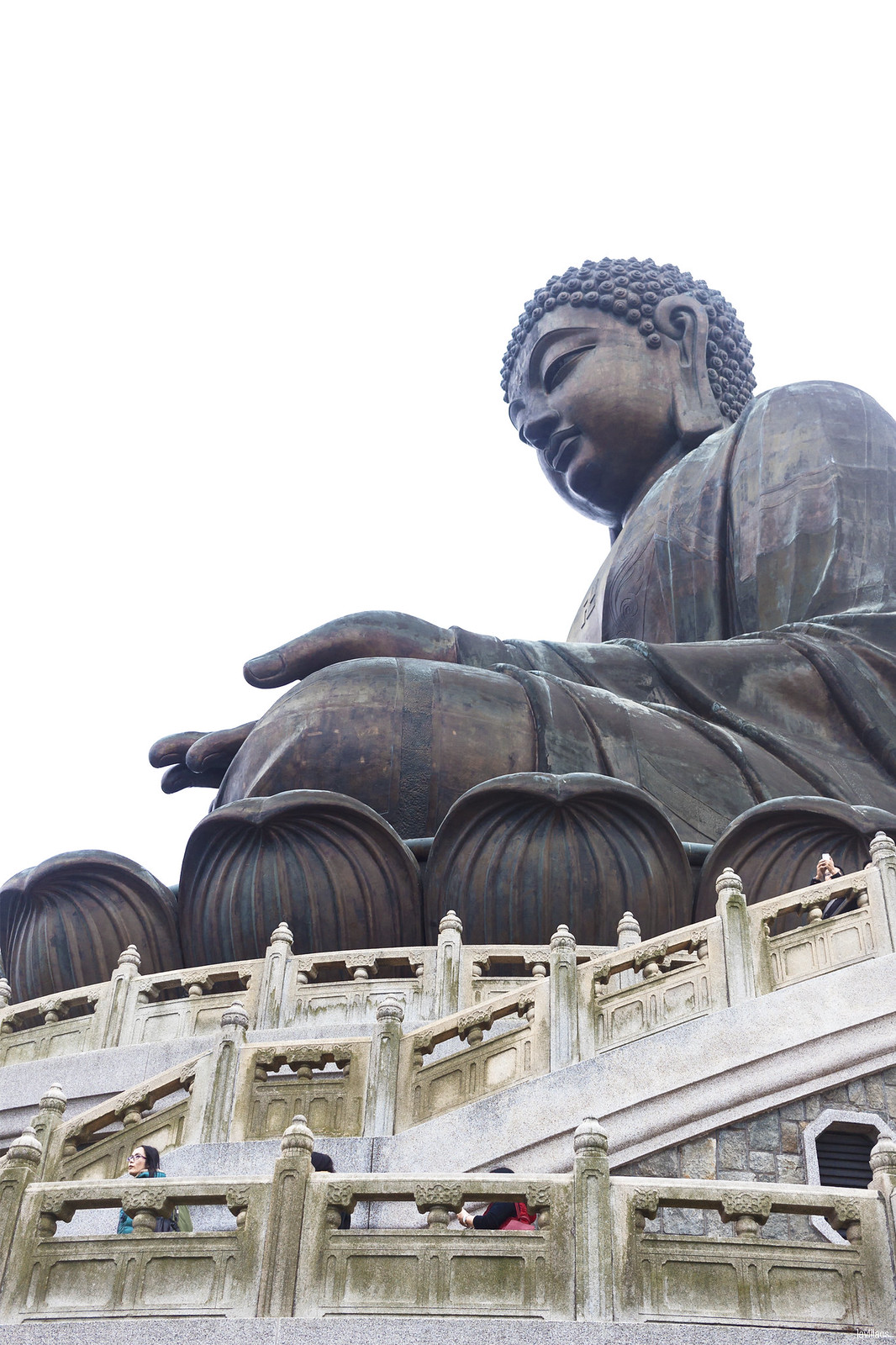
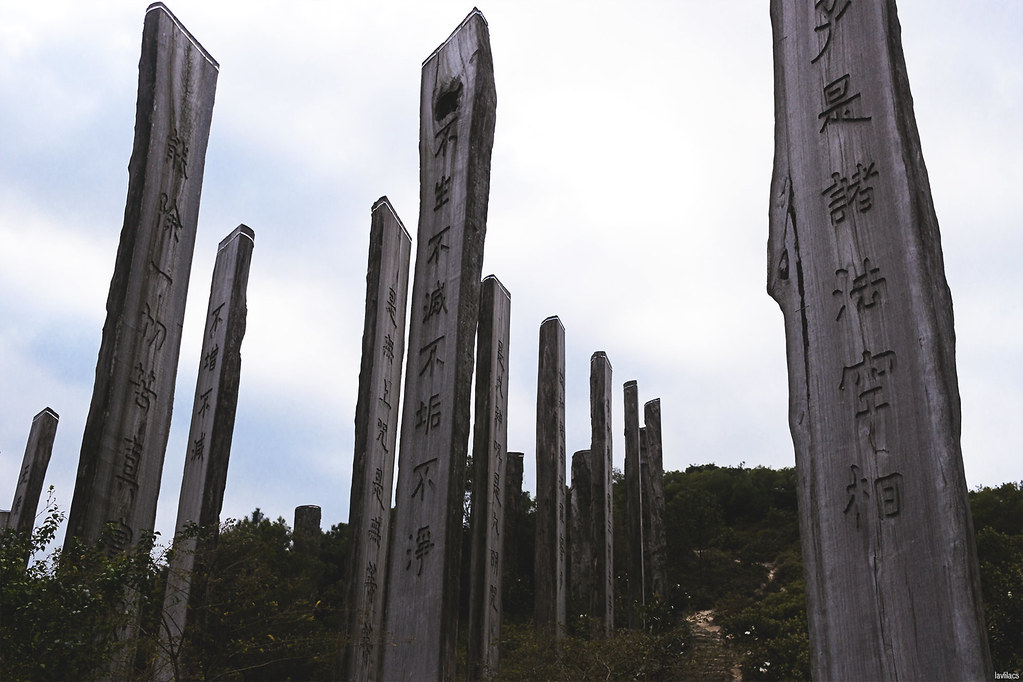
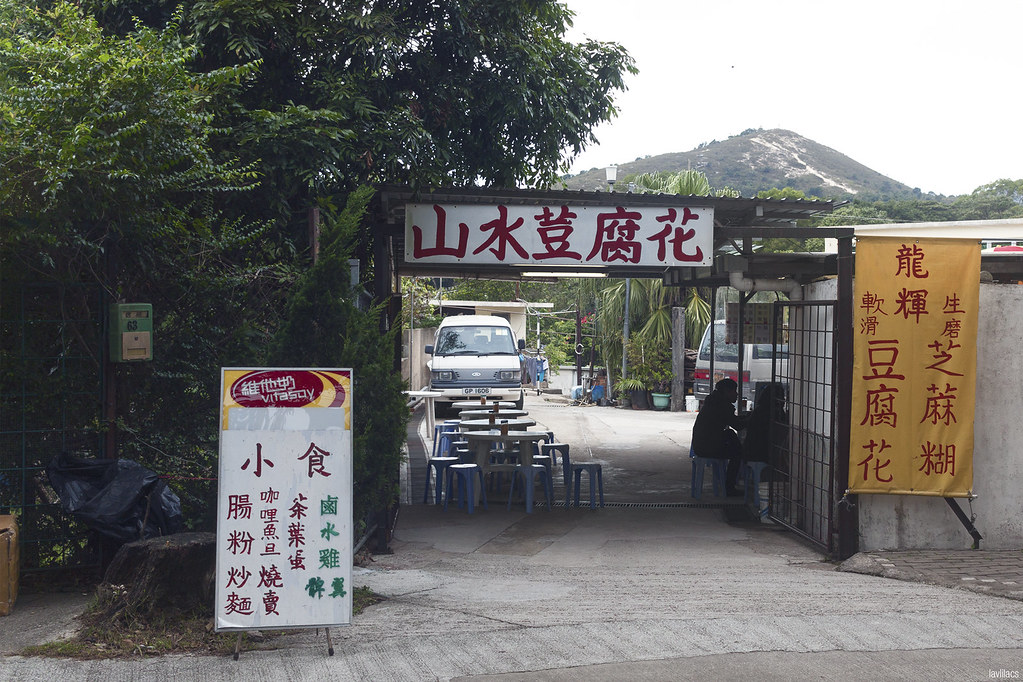
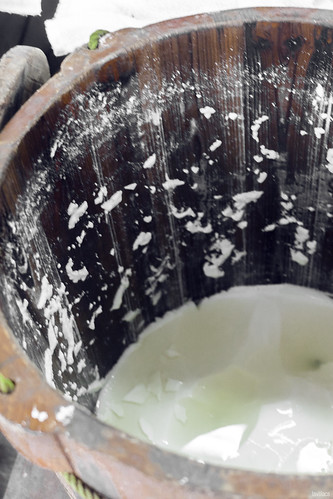
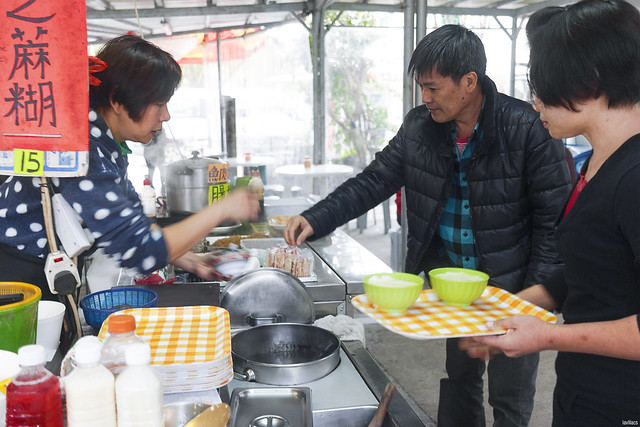
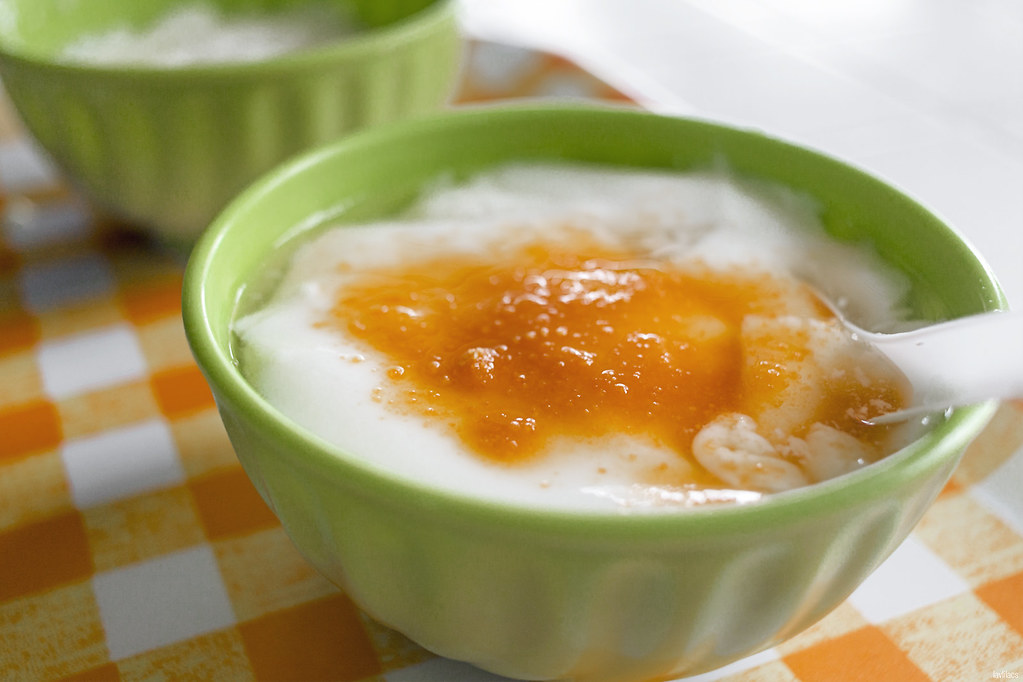
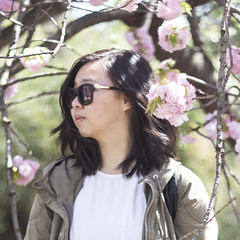

0 comments: